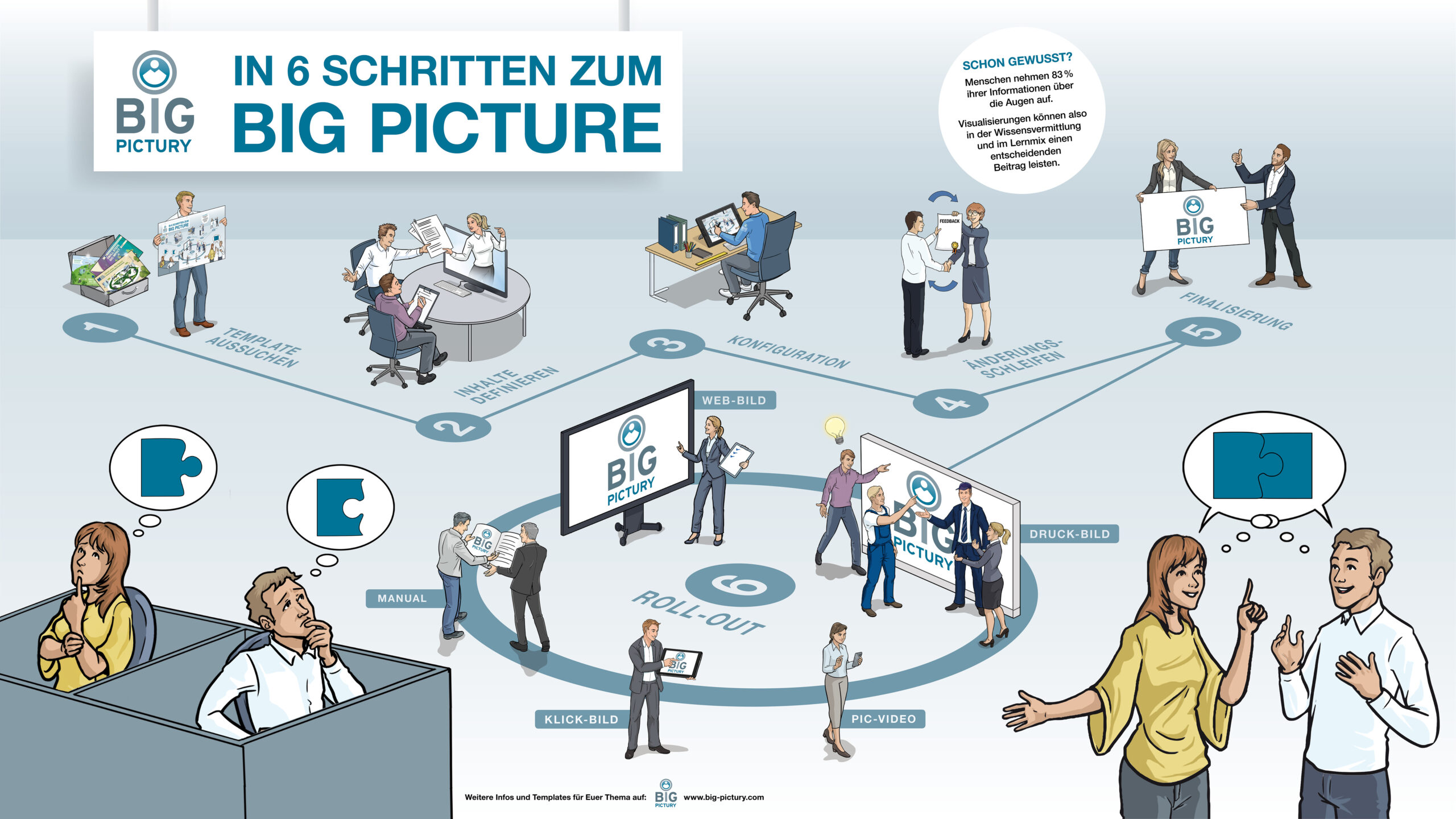A picture says more than 1,000 words. Of course, we all know that and yet presentations, corporate mission statements, strategies, studies, manuals and process descriptions in companies are still very text-heavy. This often makes it difficult for staff and managers to keep track of everything. So why not use pictures or, even better, “Big Pictures” in corporate communications? We have summarised the advantages.
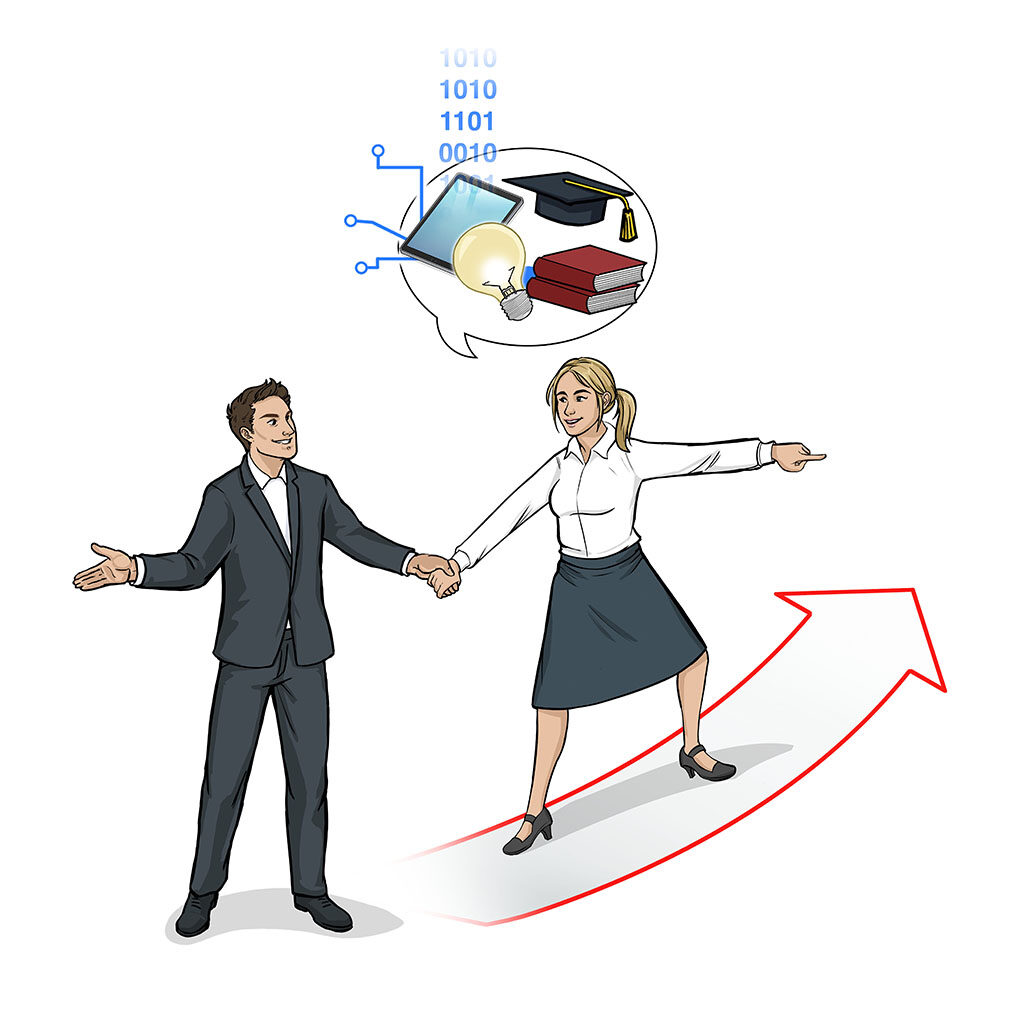
Generate a willingness to learn
The playful communication method of visualisation arouses curiosity and creativity in the target group and inspires enthusiasm even for dry and abstract topics that otherwise often meet with dogmatic refusal and general disinterest.

Create identification
Detailed illustrations and the degree of customised content enable your target group to recognise their own working environment and to identify with the topic presented.
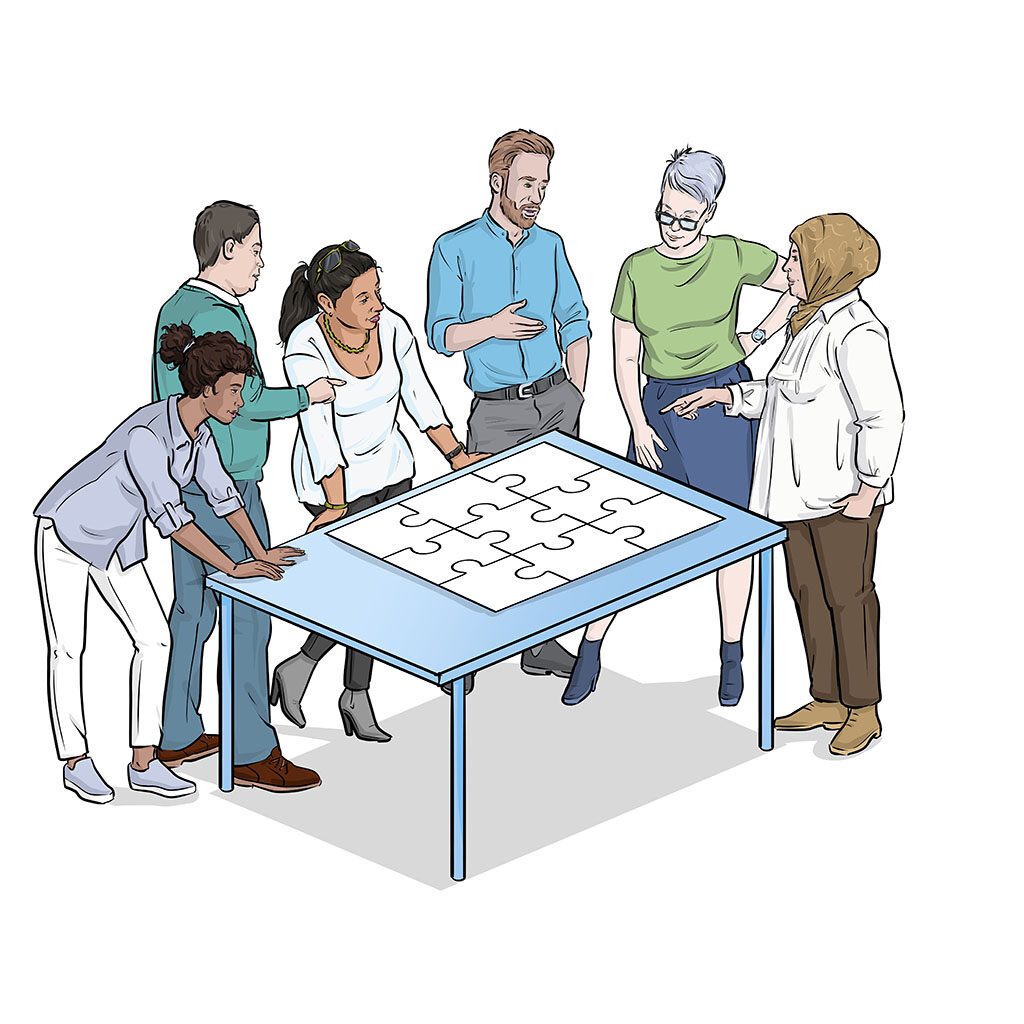
Illustrate connections
Complex connections – for example, the effect of market mechanisms, corporate structures or political and legal frameworks – and their relationship to individual tasks at work and specific positions become clear at first sight and through dialogue.
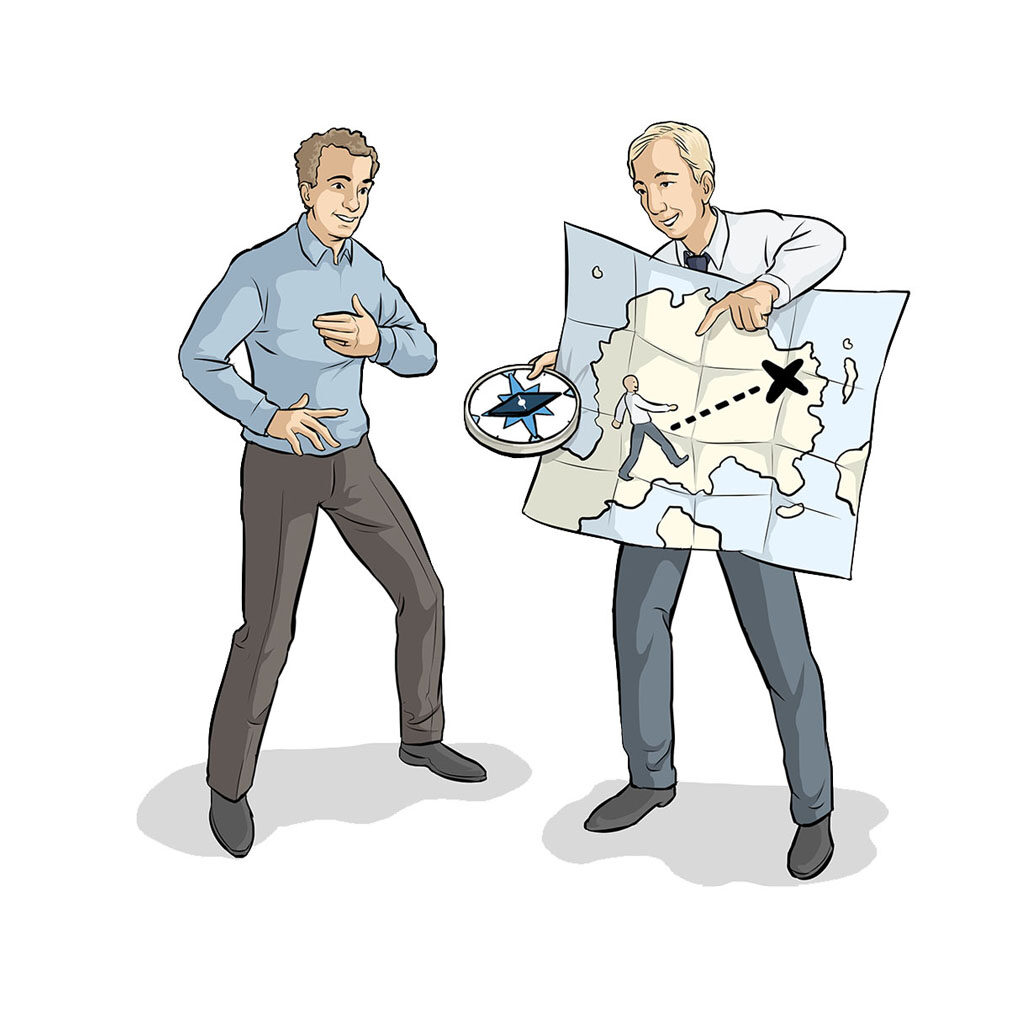
Provide orientation
It is easier to understand processes and changes from a bird’s eye view. It is easier to provide staff orientation if the “Big Picture” of the company is clear to them.
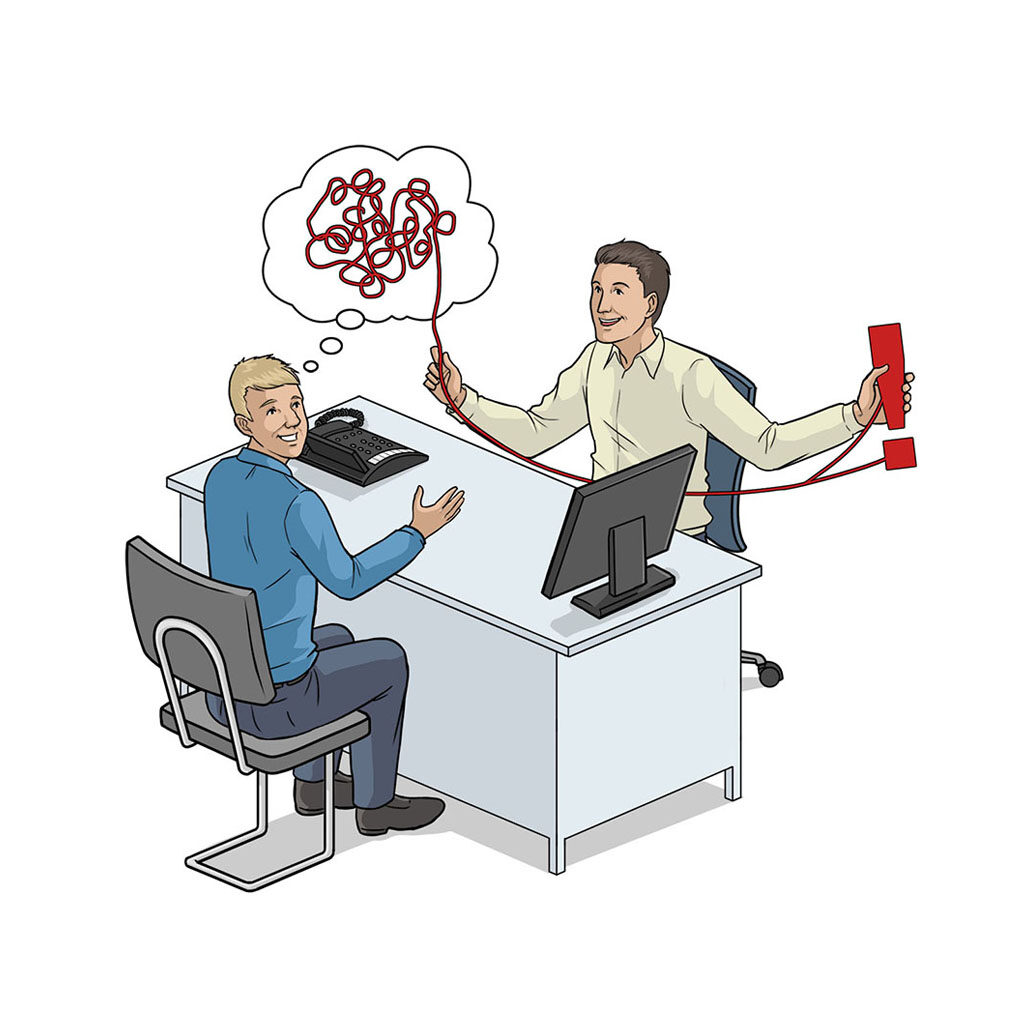
Be tangible
Corporate topics are often difficult to grasp for many staff – values, corporate culture, vision, management guidelines, corporate mission statements in text form. By translating them into images, illustrating them with pictorial examples and symbols, and having an in-depth exchange of ideas about them, abstract messages become tangible and make sense. And understanding is the first step towards action.
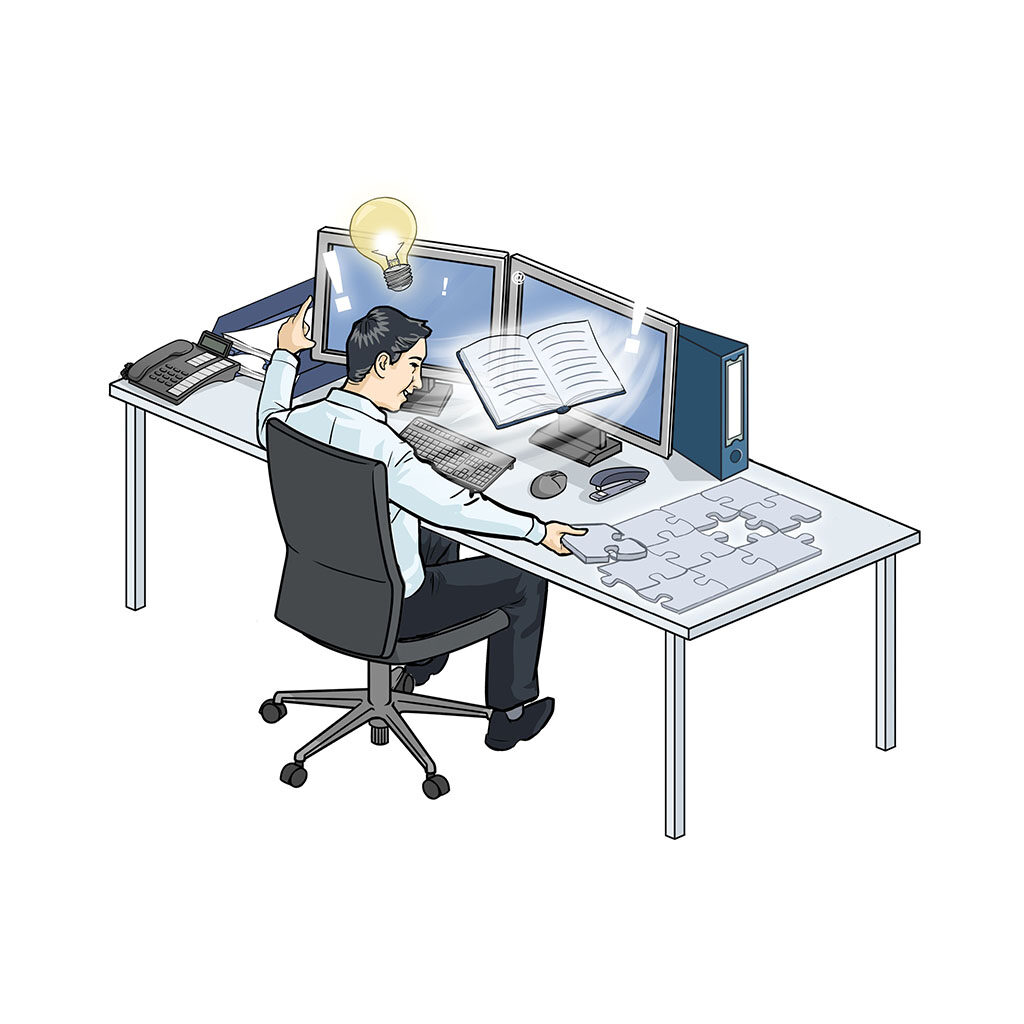
Long-lasting learning
Pictures create long-lasting mental images and therefore ensure the long-term effect of your Big Picture’s content. This is almost impossible to achieve using classic formats such as texts and presentations.

Overcoming barriers
Visualisations convey the message effectively and across cultural, linguistic and hierarchical boundaries.
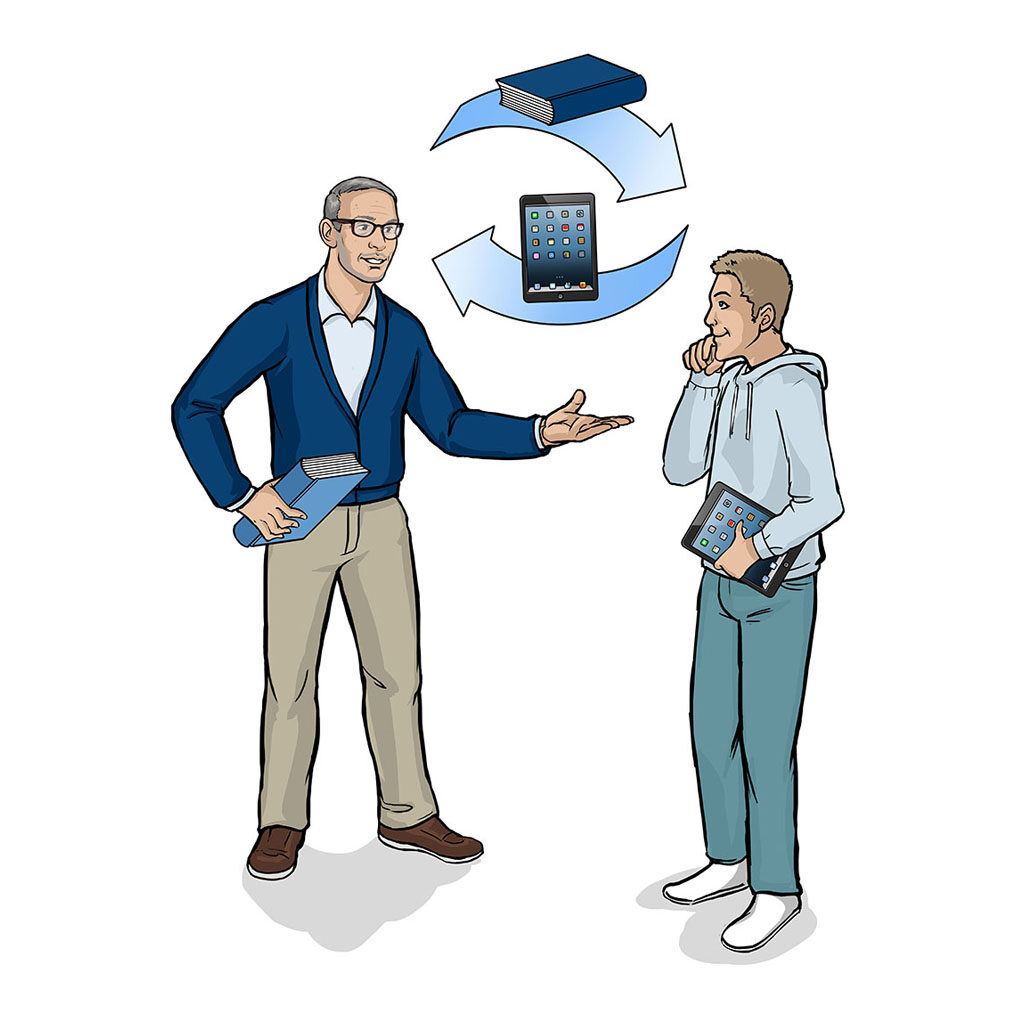
Work regardless of age
Access to images is intuitive and emotional. From Generation Z to Silver Workers, all age groups are addressed effectively and in the appropriate manner.
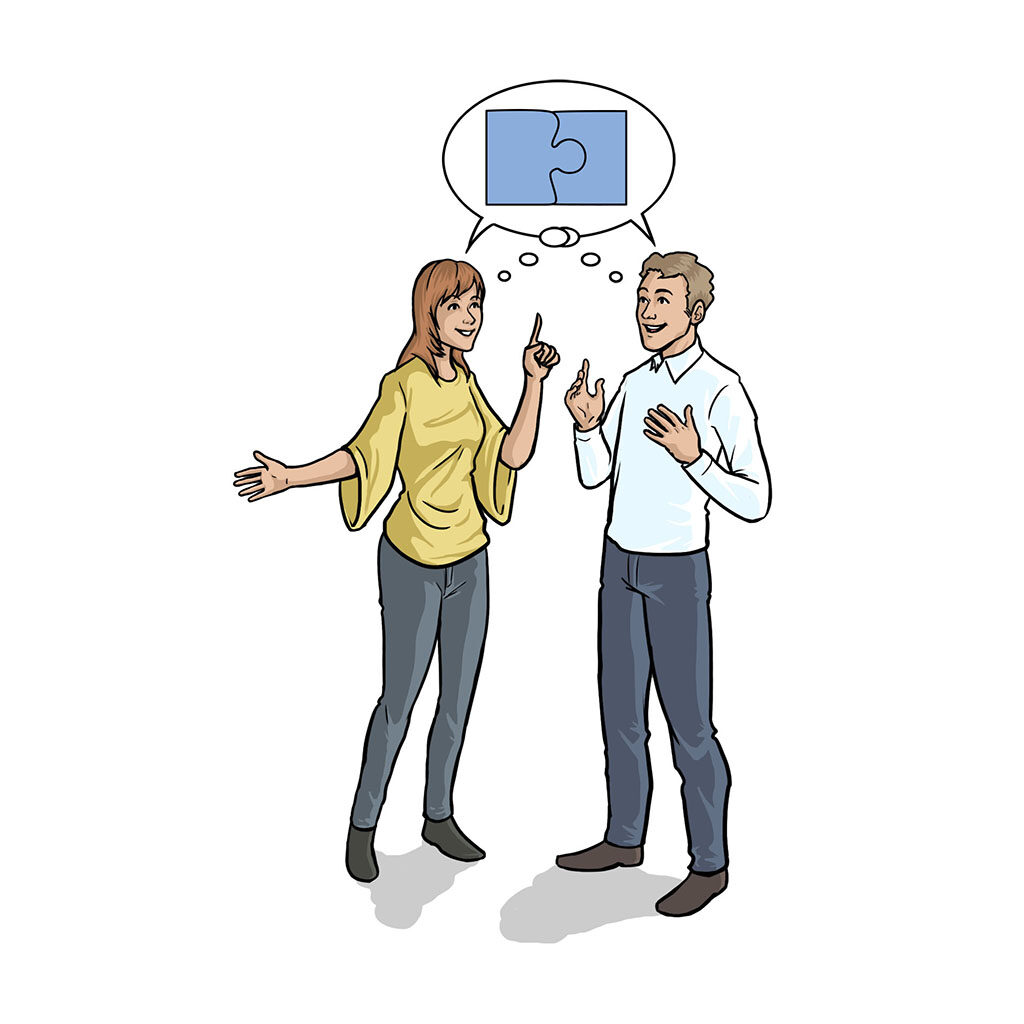
Communicate effectively
Big Picures tie in seamlessly with scientific findings: we perceive 83% of our information with our eyes, of which we retain about 50%. Only 11% of our information is perceived acoustically, of which we retain only 20% (Braem 2004).
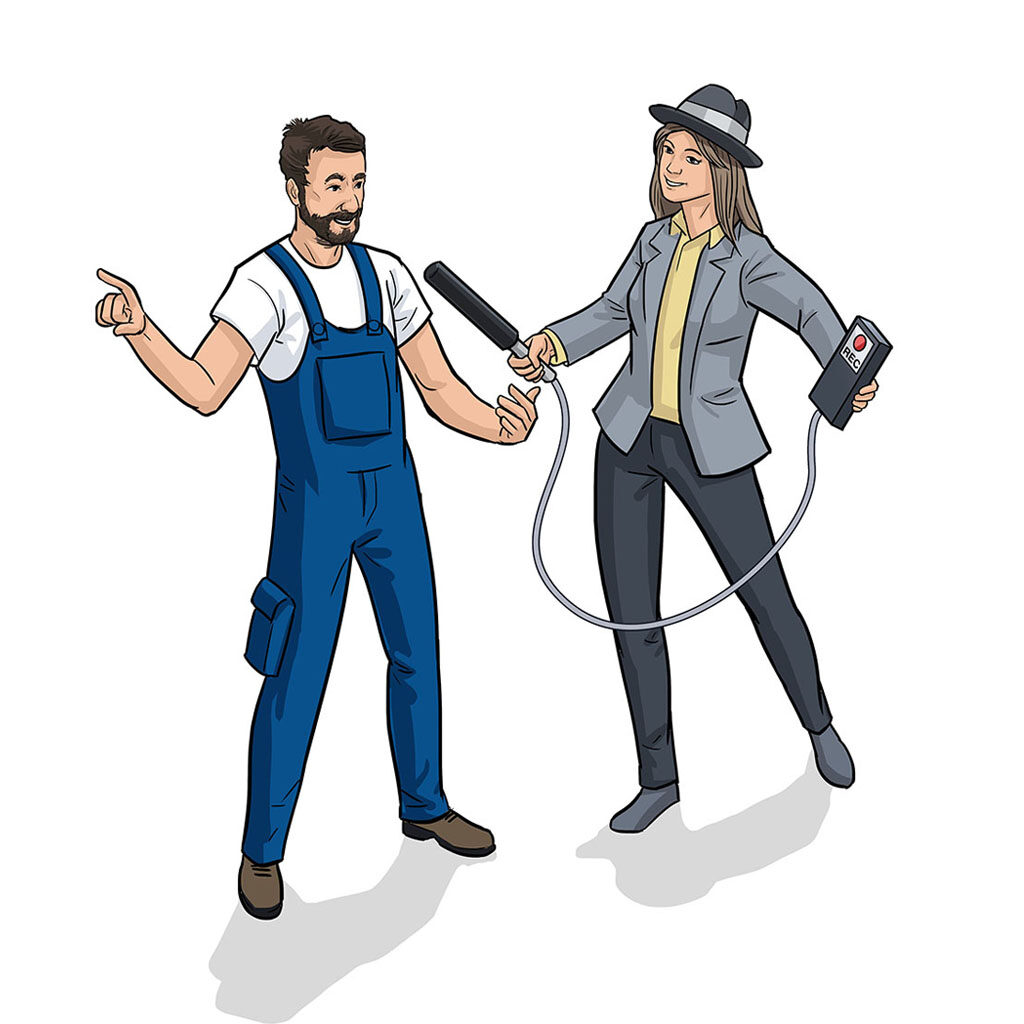
Turning stakeholders into participants
Project teams can be involved in compiling the content of the Big Picture. This ensures a deep and common understanding of the topics and turns your staff and managers into enthusiastic internal ambassadors.
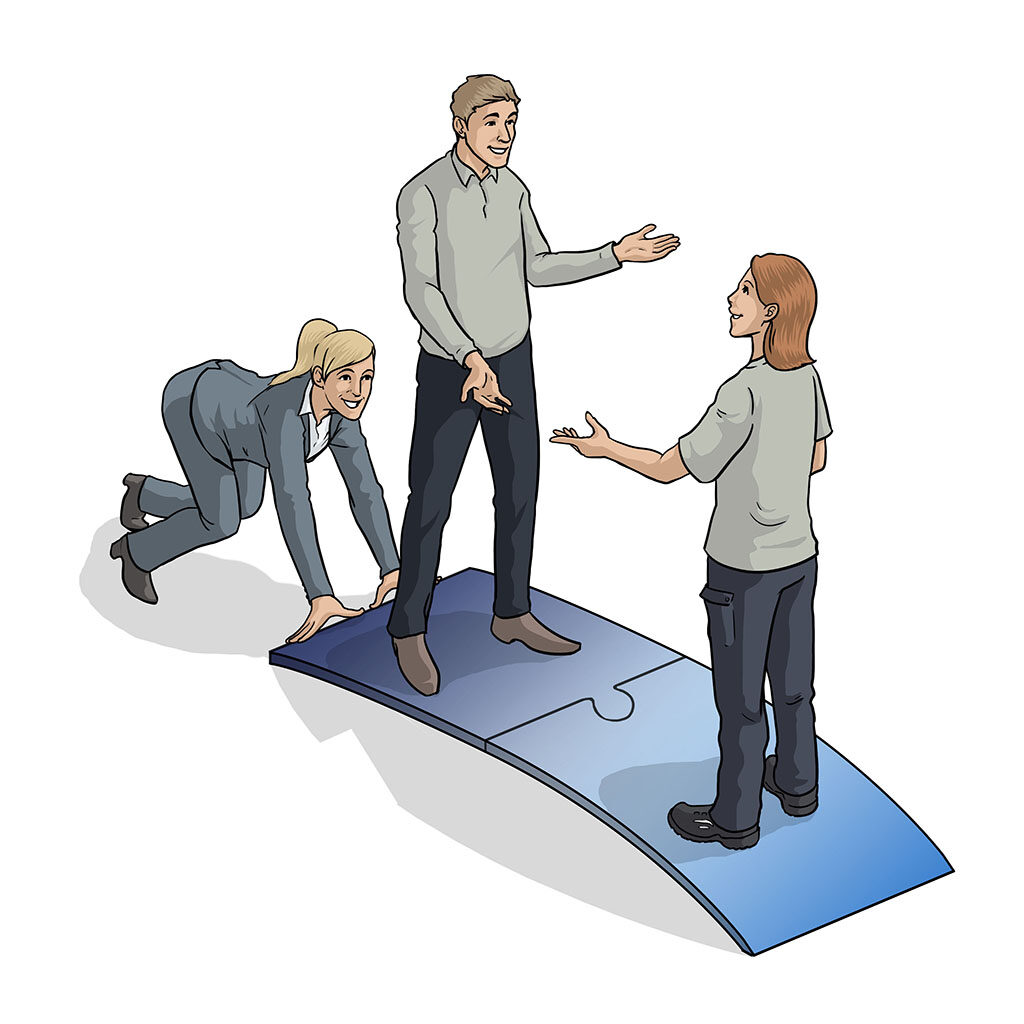
Promote dialogue
Working with pictures promotes dialogue within teams, especially between managers and staff. Shared dialogue and exchange based on images leads to a common understanding.

“A picture says more than 1,000 words.
Just imagine how much you can say with a Big Picture.”
Even though the advantages may well be obvious, the best way of finding out how well visualisations work is to try it out yourself. For example, use our Big Picture “In 6 steps to the Big Picture”. You can use it to see how the picture is created, explain it to someone else and discuss together how the process might realistically look in your own team. This will help you to get a feel for how a tool like this can support communication and learning. You can find out more about the development of a Big Picture HERE.

